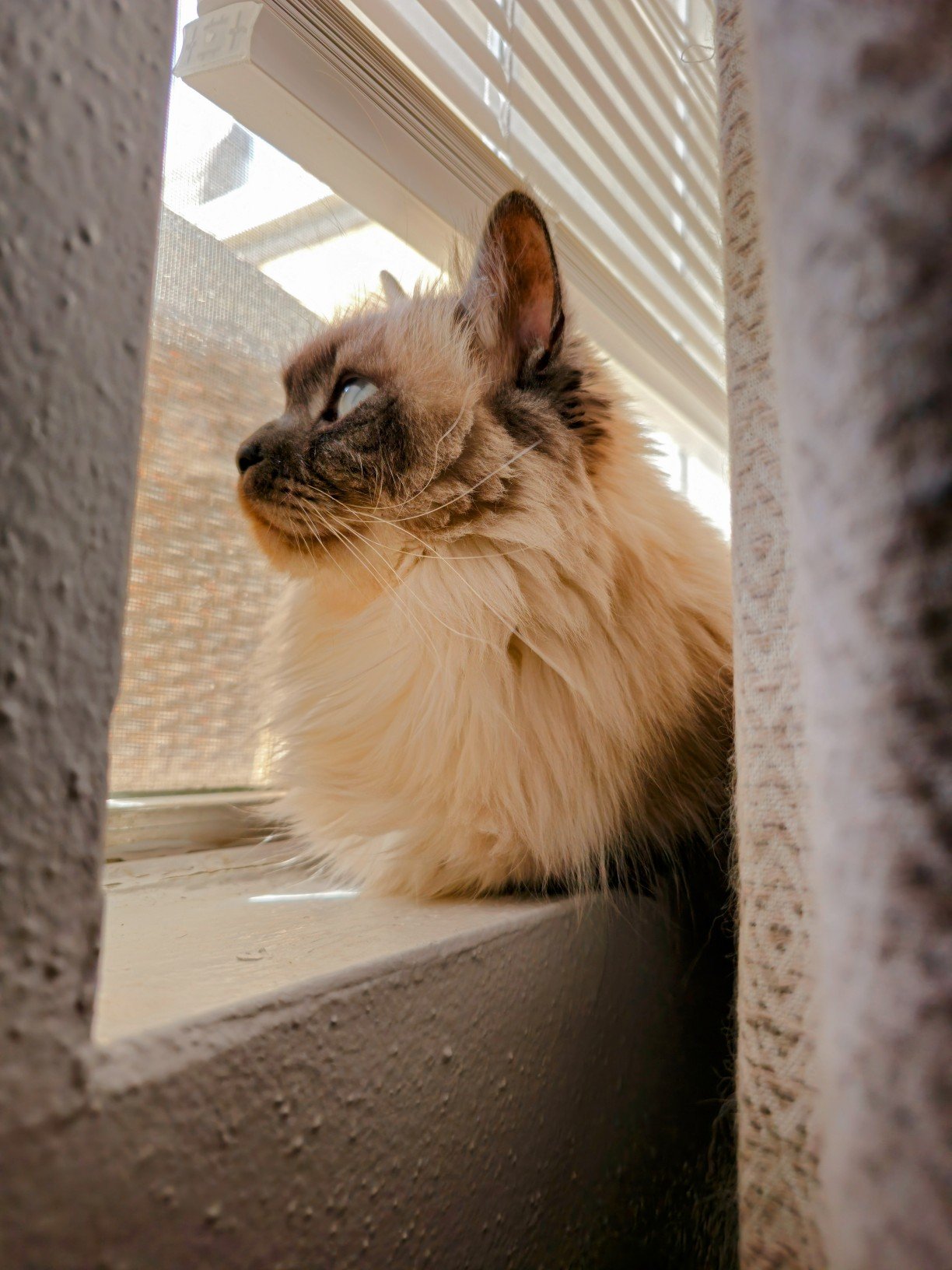

If distro hopping happens more than once a week, please stop hopping immediately and dial 911 as this is the sign of a very rare and serious symptom
plays more upbeat music


If distro hopping happens more than once a week, please stop hopping immediately and dial 911 as this is the sign of a very rare and serious symptom
plays more upbeat music


You’re right. I can’t recall the other utility’s name. System Monitor is fantastic, but I just wish I could set the niceness and all that like you could on the old utility.


Well KDE had this awesome process management tool, I think it was called System Monitor or something. You could tune process priorities with IO and CPU. They deprecated the tool though, I think because nobody wanted to port it to QT6
EDIT: It’s not System Monitor. I can’t recall the name, but there used to be an app that let you set niceness / priorities of your processes.


HardInfo2 may be interesting to you


Should be plenty fast enough to handle Gnome or KDE. I think you’ll also want ZRAM because presumably your RAM won’t be much and your storage will either be slow or limited. Either way, it wouldn’t hurt to enable.
I think both DEs are very touchscreen viable, with the possibility that you may have to configure a teeny bit, like adding a virtual keyboard


Well, in tech, if you have experience, that tends to be the biggest deal by far and can often do all the lifting on its own. But hiring managers also appreciate certs and formal education, especially if you don’t yet have much experience.
It would likely give you an advantage Vs some other person they’re considering with your level of experience.


Is that not what KDE Discover and Gnome Software Center do? Or is this a new one for Gnome?
I’ve had a lot of experience with Linux and I use Nobara currently. My only catch with Bazzite is that I didn’t know the first thing to do. It somehow felt as if most of my experience in Linux was just useless.
Not saying it’s a bad thing, I just decided I’d stick to Nobara for now and try learning Bazzite in the future to give it a fair shake.
I’m also a tweaker. I like to play with ZRam and add other things to the OS, like a custom kernel with BCacheFS-Git to support my gaming darastores. I suspect some of my creature comforts may be harder to get.
Using swap isn’t always a sign you need more RAM. Typically, if you use a computer for a while or have a lot of IO operations going on, Linux will decide to swap some things to make more room for cache.
Sometimes Linux just finds that you have a bunch of inactive app memory and it can swap that out to cache way more stuff. That’s just good memory management, but it’s not worth buying more RAM over
What is a cache file?
I wouldn’t put swap on an SD card, no. Even if it had an NVME, it seems like putting up at least a double-digit percent would be more effective than 1%.
Also, since 6.1, swap has been a lot better, with MGLRU. ChromeOS gets away with paltry amounts of RAM due to swapping. So classic overcommitting seems fine as long as you don’t run into situations where more RAM is active at once than is available by hardware.
I think the question is: if a person is going to make such a tiny swap, why even use swap?
Such a small swap is unlikely to save a system from memory problems and it’s does not seem likely to make a noticeable difference in performance when it’s only able to swap out small amounts of memory.
Why wouldn’t one just put in larger ZRAM or a larger Swap with a reduced swapiness?
If I have a raspberry pi with 1 GB ram, I don’t think a 2 MB swap is worth bothering with.


If they go from the resolution they used to native 4k, they waste a lot of battery life. If they go the other way, you have low res. I think they happened to pick within a golden DPI range. Not too high or low.
On KDE Wayland, I really don’t really see any blurriness issues. I’m not even on KDE 6 yet.


What distro?
A big benefit of encryption is that if your stuff is stolen, it adds a lot of time for you to change passwords and invalidate any signed in accounts, email credentials, login sessions, etc.
This is true even if a sophisticated person steals the computer. If you leave it wide open then they can go right in and copy your cookies, logins, and passwords way faster. But if it’s encrypted, they need to plug your drive into their system and try to crack your stuff, which takes decent time to set up. And the cracking itself, even if it takes only hours, would be even more time you can use to secure your online accounts.
On Linux, my installs always had a checkbox plus a password form for the encryption.